I. Introduction
India is a country rich in culture and traditions, each of which holds great significance and meaning. The Indian nose pin, also known as the nath or mukhuttis, is one such tradition that has been passed down for generations. It is not just a piece of jewelry but an integral part of Indian culture.
Throughout history, nose pins have held different meanings and significance across different regions of India. They have been worn by women as a symbol of beauty, femininity, and even marital status. With time, the nose pin has evolved in style and design but its importance remains unchanged.
A. Brief history of Indian nose pins
The tradition of wearing nose pins dates back to ancient times, with the earliest evidence found in the Indus Valley Civilization. In some parts of India, it is believed that the practice of wearing nose pins originated from Ayurveda, an ancient Indian medical system.
During the Mughal era, nose pins were worn by both men and women as a symbol of status and
B. Cultural significance of nose pins in India
Apart from being a piece of jewelry, the Indian nose pin holds great cultural and religious significance. In Hinduism, the left nostril is believed to be associated with the reproductive organs of women, and wearing a nose pin on this side is said to enhance fertility.
In some parts of India, particularly in South India, nose pins are also worn for spiritual reasons. It is believed that the nose is the entrance to the human body and wearing a nose pin, it helps in keeping negative energies at bay.
II. Types of Indian Nose Pins
A. Nathni
The Nathni, also known as the Laung or Bulak in some regions, is a traditional nose pin style. It consists of a small gold stud with a long chain attached to it that goes around the ear and is pinned on the hair. This type of nose pin is common among brides and is seen as a symbol of marriage.
B. Maharashtrian nath
The Maharashtrian nath is a larger version of the Nathni, with a bigger stud and chain. It is commonly worn by women in Maharashtra and is considered a part of their traditional attire. The stud is usually adorned with precious stones like pearls, rubies, or emeralds.
C. Phul (Flower) nath
The Phul nath, as the name suggests, is designed in the shape of a flower. It is usually worn by women from Rajasthan and Gujarat during weddings and other traditional ceremonies. The stud is usually studded with colorful stones and pearls, giving it a vibrant look.
D. Laung (Cloves) nath
The Laung nath is a unique nose pin style that resembles a clove. It is usually worn by women in North India, particularly in Punjab and Haryana. The stud is made of gold or silver, with intricate designs carved on it.
III. Geographic Variations in Nose Pin Styles
A. Northern India
In Northern India, particularly in states like Punjab, Haryana, and Uttar Pradesh, women prefer larger and more elaborate nose pins. The designs are often inspired by traditional motifs and are studded with precious stones.
B. Southern India
Nose pins in Southern India, especially in states like Tamil Nadu and Karnataka, are usually smaller and simpler in design. They are often made of gold or silver and may have a single stone or a small stud with intricate designs.
C. Eastern India
In states like West Bengal and Odisha, nose pins called "Bala" are popular among women. They are typically circular in shape and are studded with precious stones like diamonds, emeralds, or rubies.
D. Western India
In Western India, nose pins called "Phul nath" and "Maharashtrian nath" are popular among women. These nose pins are usually larger in size and have intricate designs with pearls and colorful stones.
IV. Nose Pins in Modern Indian Fashion
A. Influence of Bollywood
The popularity of nose pins in India has been greatly influenced by Bollywood fashion and celebrities. Actresses like Deepika Padukone, Aishwarya Rai Bachchan, and Priyanka Chopra have popularized the trend of wearing nose pins in various styles.
B. Nose pins in contemporary Indian wear
Nose pins have also made their way into modern Indian fashion, with designers incorporating them in their collections. They are now worn not only with traditional outfits but also with contemporary attire like fusion wear and Indo-western outfits.
C. Fusion and Western styles
Nose pins are no longer limited to just traditional or Indian wear. With the rise of fusion and western fashion trends in India, nose pins have also been incorporated into these styles. They are now worn with maxi dresses, crop tops, and even denim jackets.
V. Nose Pins and Feminism: A Symbol of Empowerment or Oppression?
A. The debate on nose pins and feminism
The topic of whether wearing a nose pin is empowering or oppressive has been a subject of debate for many years. While some argue that it is a symbol of femininity and empowerment, others believe that it is an oppressive tradition imposed on women.
B. Personal anecdotes
Many women have shared their personal experiences with nose pins, with some claiming that it is a form of self-expression and others stating that they feel pressure to conform to societal norms. This debate highlights the complexities surrounding the significance of nose pins in modern Indian society.
VI. Conclusion
A. Renewed interest and appreciation for traditional Indian nose pins
With the rise of social media and influencers, there has been a renewed interest in traditional Indian nose pins. Many young women are now embracing this cultural tradition as a way to connect with their roots and showcase their individual style.
B. Final thoughts
Whether worn for cultural significance, personal expression, or simply as a fashion statement, nose pins hold a special place in Indian culture. Their journey from ancient times to modern day is a testament to their enduring appeal and timeless beauty.

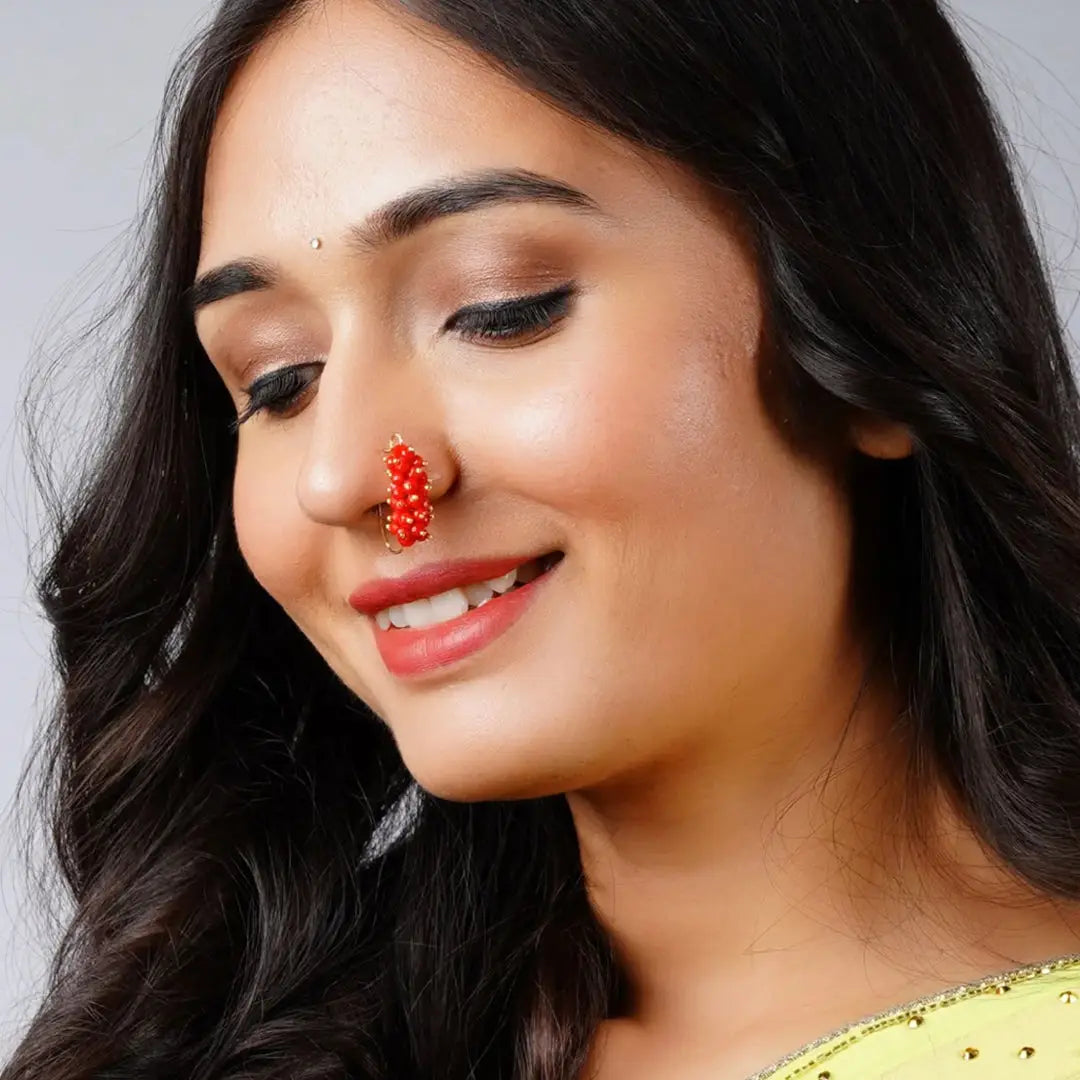








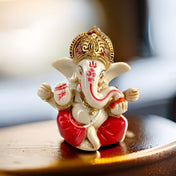

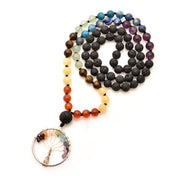
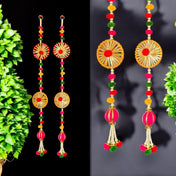
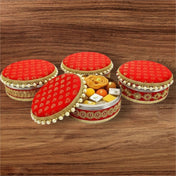

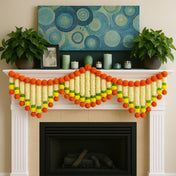
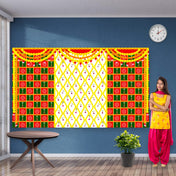
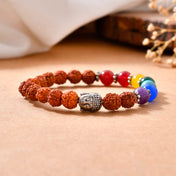


1 comment
IT IS REALLY A NICE COLLECTION OF TRENDS